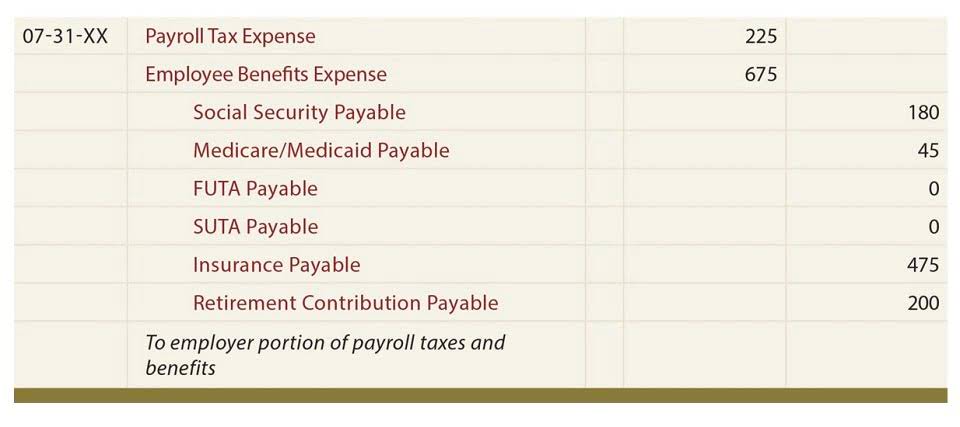Balance Sheets in Finance and Accounting Learning Guide

Though a useful tool on its own, vertical analysis can be a more useful tool when used in conjunction with horizontal analysis. A basic vertical analysis needs an individual statement for a reporting period but comparative statements may be prepared to enhance the usefulness of analysis. Look for items with a significant percentage of Total Assets, as these could represent areas of vulnerability or strength. Read on to learn more about vertical analysis of a balance sheet, how to perform one, and some limitations and drawbacks of this analytical tool. The assets section is informative with regard to understanding which assets belonging to the company constitute the greatest percentage. Because we entered our costs and expenses as negatives, i.e. to reflect that those items are cash outflows, we must place a negative sign in front when applicable, so that the percentage shown is a positive figure.
Balance Sheet Analysis for Financial Decision-Making

For each line item, we’ll divide the amount by the corresponding period’s revenue to arrive at our contribution percentages. Once the historical data from 2021 has been inputted into Excel, we must determine the base figure to use. Ensuring that Balance Sheets in Finance and Accounting comply with financial standards is crucial for accuracy, transparency, and regulatory adherence.
Advantages of Vertical Analysis over Horizontal Analysis
It involves examining the assets, liabilities, and equity recorded on a balance sheet to gain insights into the company’s financial stability, operational efficiency, and overall performance. By analyzing these components, you can assess a company’s ability to generate cash flow, meet financial obligations, and provide returns to shareholders. Balance sheet analysis involves examining a company’s financial statements to assess its financial health, focusing on key components such as assets, liabilities, and shareholders’ equity. By analyzing these elements, you can determine the company’s liquidity, leverage, and overall financial stability. Understanding balance sheet analysis is crucial for making informed investment decisions and evaluating a company’s performance over time.
Gather Data
To conduct a vertical analysis of a balance sheet, express each individual What is bookkeeping asset account line item as a percentage of total assets. For example, if inventory is $10,000 and total assets is $200,000, write “5%” next to the inventory line item amount. Repeat this process for each account in the liabilities and stockholders’ equity section. Lastly, one can evaluate the structural composition of items from the company’s financial statements – for example of assets, liabilities, expenses etc. Vertical analysis is a simple way to break down financial statements by expressing each line item as a percentage of a total, like total assets or total liabilities. But if you’ve ever tried to interpret a balance sheet quickly, you know how overwhelming all those numbers can be.
Key Learning Points
To perform vertical analysis, divide each balance sheet item by the total assets (or total liabilities & equity) and multiply by 100. This will yield a percentage that represents the relative size of each component within the company’s financial structure. Look for trends over time to identify shifts in financial health or efficiency. For instance, a rising percentage of operating expenses relative to sales may indicate increasing costs that need attention.

For example, if cost of goods sold is 83.9% of net sales, it indicates that a significant portion of revenue is allocated to production costs. For the income statement, net sales serve as the base, while total assets and total liabilities and equity are used for the balance sheet. Balance Sheets in Finance and Accounting provide a snapshot of a company’s financial health at a specific point in time. This essential financial statement outlines assets, liabilities, and shareholders’ equity, helping businesses and investors assess financial stability and liquidity.

Step 2. Vertical Analysis of Income Statement

Vertical analysis helps businesses evaluate financial structure and make informed decisions by converting balance sheet items into percentages. It standardizes financial statements, making it easier to compare Retail Accounting companies and assess financial health. In vertical analysis, each item in a financial statement is expressed as a percentage of some base item. When analyzing a balance sheet vertically, all accounts are listed as a percentage of total assets.
- To conduct a vertical analysis of balance sheet, the total of assets and the total of liabilities and stockholders’ equity are generally used as base figures.
- In this example, total assets are used as the base item, and each line item is expressed as a percentage of total assets.
- Vertical analysis can provide business owners and CFOs with valuable information, particularly when used with additional financial ratio analysis.
- So if that was on the income statement, it would be the selling expense, whatever that amount is for the year divided by the net sales, because we’re dealing with the income statement.
- Also known as common-size analysis, vertical analysis can help analyze company performance, but it is also a useful tool for comparing the financial statements of two companies.
- Gross profit, derived by subtracting the cost of goods sold from net sales, reflects production efficiency.
It is one of the popular methods of financial statements as it is simple and also called a common size analysis. Here, all the income statement items are stated as a percentage of gross sales. In vertical analysis for the balance sheet, the base amounts are total assets and total liabilities and equity. For example, if total assets are $100,000, each line item on the balance sheet is expressed as a percentage of this $100,000.
Vertical Analysis for Income Statements
Conceptually, vertical analysis can be thought of as reading a single column of financial data and determining the relationships among each item to reflect the relative size of the various cost and profit metrics. Vertical analysis, often referred to as common-size analysis, is a crucial financial tool used in the world of business and finance to assess the relative proportions of different financial statement items. Vertical analysis makes it much easier to compare the financial statements of one company with another and across industries. This vertical analysis is because one can see the relative proportions of account balances. Take your financial expertise to the next level with BMC Training’s specialized courses on Balance Sheets in Finance and Accounting. Whether you’re an accountant, financial analyst, business owner, or investor, mastering balance sheet preparation, analysis, and compliance is essential for making informed financial decisions and ensuring financial stability.





